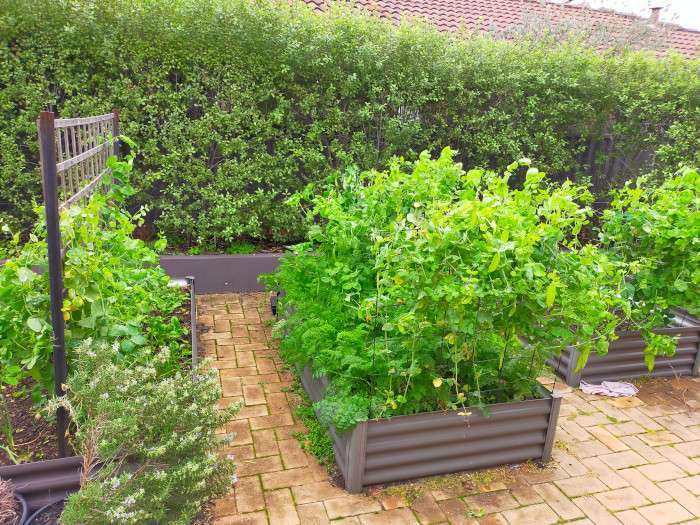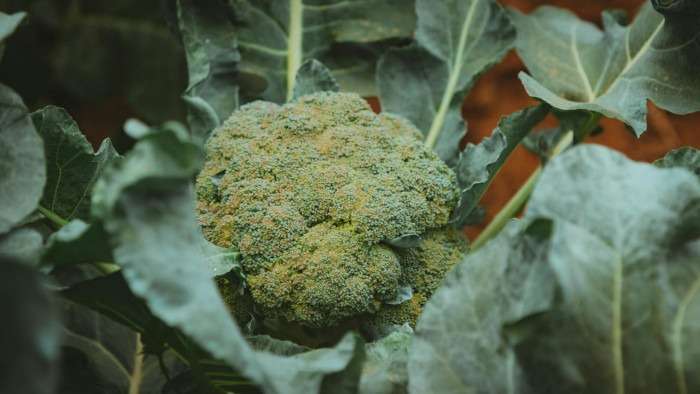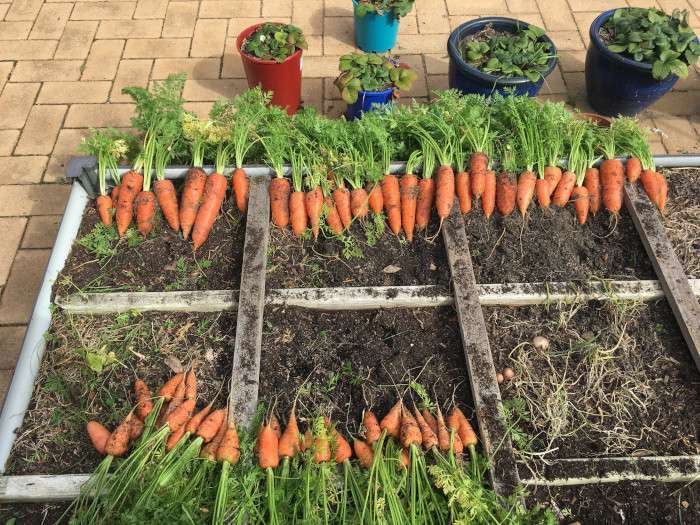We’ve all heard of composting, and if you’ve recently gotten into gardening, you’ve likely discovered how costly it can be. Fertilizers and soil improvers often come with a hefty price tag, especially if you have a larger garden. However, composting offers a solution that not only saves money but also provides high-quality organic fertilizer. If you want to learn about other benefits of using compost in your garden, the no-dig method focuses on using compost for organic and productive gardening, enhancing soil health and plant growth.
Personally, I’ve used various composting methods—hot, cold, and vermicomposting—into my gardening routine for years. In this article, I aim to delve into everything compost-related, offering practical advice to make composting easy and help you create the best compost for your garden.
What is Compost?
Composting is a process that is mainly driven by bacteria, along with other organisms such as insects, which consume organic matter and produce waste. The end product of this process is compost. It looks like soil but is rich in nutrients and minerals that have been broken down and transformed into a form that plants can readily use.
Compost serves as an excellent source of nutrients for plants, enhancing soil structure and fertility. The ideal soil type for gardening is loamy soil—rich in nutrients, well-draining, and capable of retaining moisture without becoming waterlogged. Compost can be used to achieve this optimal soil condition.
In raised bed gardening, where soil quality is particularly important, using compost can significantly improve growing conditions.
Types of Composting
There are a few different ways to make compost and each has their own advantages and disadvantages:
Vermicomposting
Just like when you see earthworms in the garden, you can use special worms to create compost. These worms, often red wigglers, are kept in a bin with ideal pH, moisture, and temperature conditions.
The castings, or “poo,” from these worms are extremely nutrient-rich and can be used directly in the garden or made into worm tea. However, worms can be quite finicky, and it’s easy to accidentally kill them if the system is not managed well, so you will need to keep a constant eye on it.
Advantages:
- Produces high-quality compost rich in nutrients.
- Can be done indoors or outdoors in a controlled environment.
Disadvantages:
- Needs careful management of conditions.
- Very slow compared to other methods.
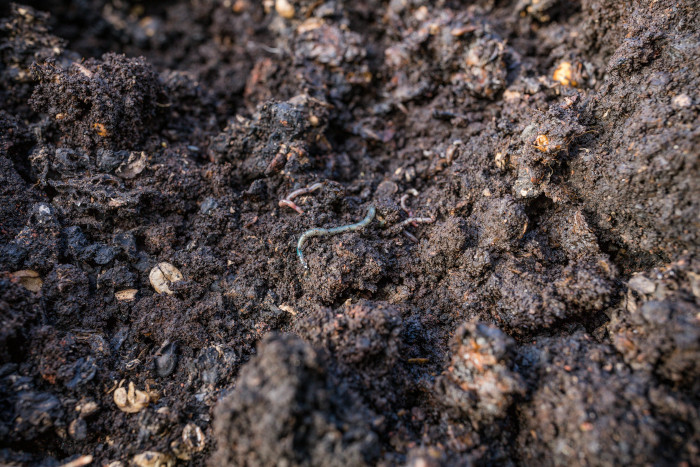
Hot Composting
This method involves actively managing a compost bin to allow the rapid decomposition of organic matter through bacteria. For effective hot composting, you need to maintain the right balance of moisture, heat, and oxygen. Oxygen is typically added by turning the compost manually or using a compost tumbler.
The bin should generally be around 1m² to ensure proper heat generation. If the bin is too large, it may be difficult to keep warm; if too small, it may not generate enough heat.
Hot composting can be particularly good for creating nutrient-rich potting soil, because this method creates the highest level of microbes in the compost, which plants love.
Advantages:
- Produces compost fast, sometimes in weeks.
- Can handle a variety of organic materials.
Disadvantages:
- Requires regular maintenance and turning.
- Needs careful management of temperature and moisture.
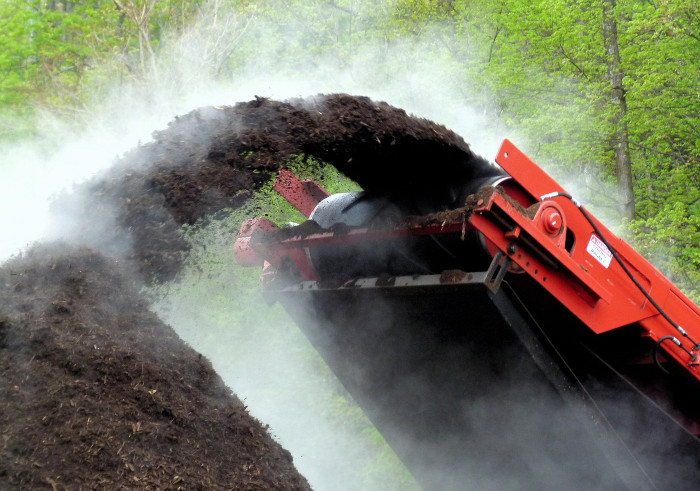
Cold Composting
Cold composting is the lazy approach where you simply create a compost pile and leave it to decompose naturally. It will eventually turn into compost, but the process is much slower compared to hot composting, generally taking about a year. This method is ideal for those looking for a low-maintenance composting option.
Advantages:
- Minimal effort required; simply build a pile and let it decompose.
- No need to manage temperature or moisture closely.
Disadvantages:
- Takes much longer to produce compost.
- May attract pests if not managed properly.
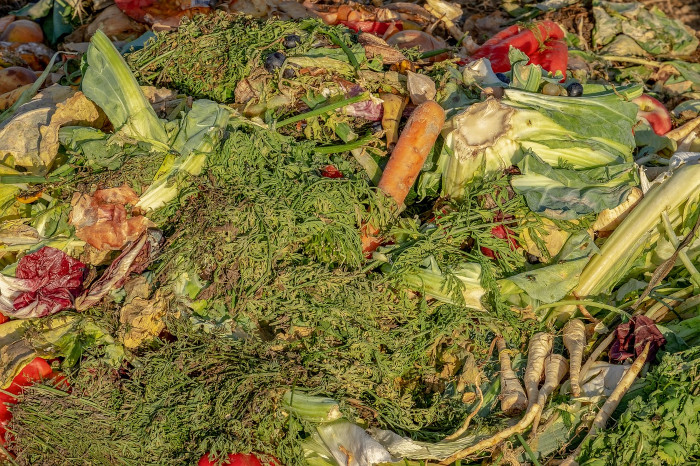
Bokashi
Although not technically composting, bokashi is an effective method for processing kitchen scraps. This process involves fermenting organic waste using a mix of microbes (often in the form of bokashi bran), which produces nutrient-rich liquid and fermented organic matter. The liquid can be used as a fertilizer for plants, and the remaining material can be added to other composting systems for further decomposition.
Advantages:
- Quickly processes kitchen scraps.
- Produces nutrient-rich liquid that can be used as a liquid fertilizer.
Disadvantages:
- Not a complete composting method on its own; requires integration with other composting systems.
- Can be somewhat costly due to the need for bokashi bran.
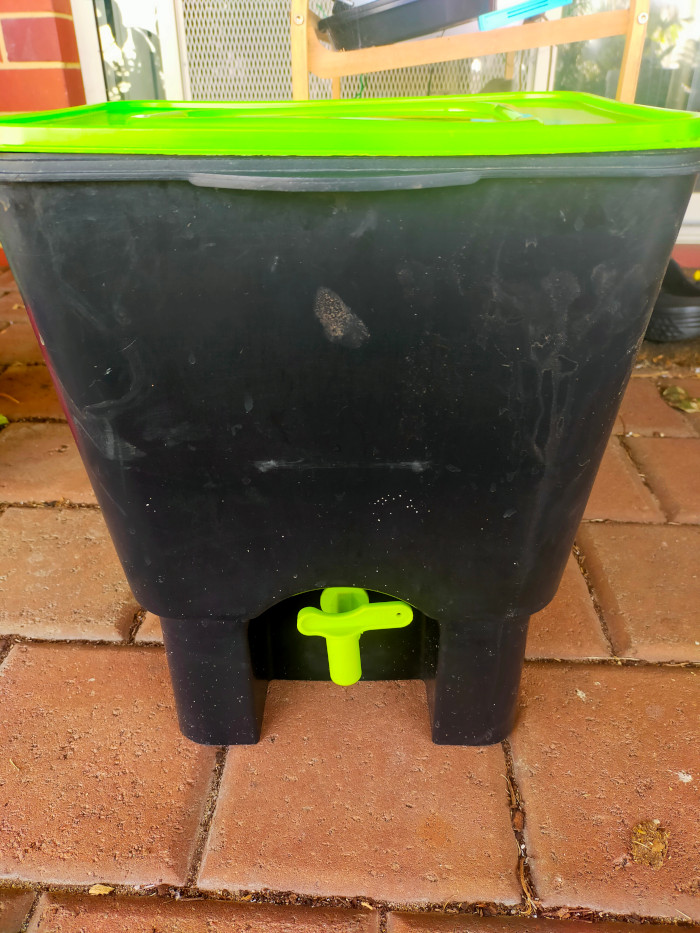
What to Compost
To compost successfully, you want to maintain the right ratio of browns to greens. While any organic matter will eventually compost, categorizing materials into two groups—browns and greens—will help optimize the composting process.
Greens
Greens are high in nitrogen and include materials such as:
- Kitchen scraps
- Coffee grounds
- Grass clippings
- Leaves
- Manure (from livestock)
- Weeds (without seeds)
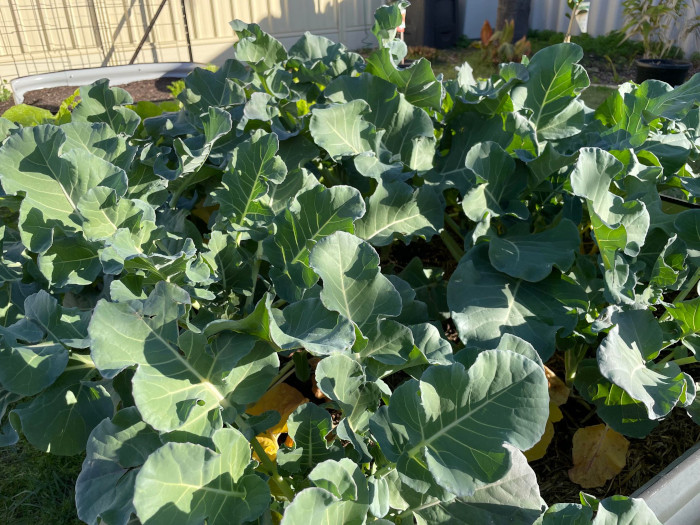
Browns
Browns are high in carbon and include materials such as:
- Sticks
- Branches
- Logs
- Dry leaves
- Cardboard
- Paper (non-glossy)
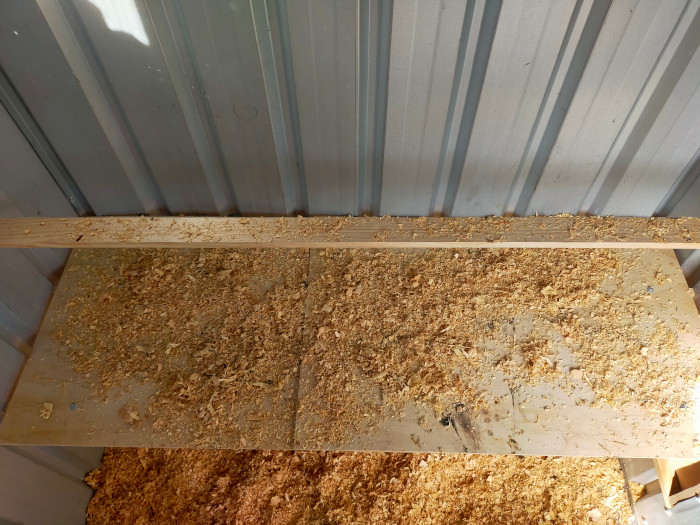
A useful guideline is to think about whether the material was once alive. If it was, it can typically be composted. Maintaining a balance between greens and browns helps ensure that your compost pile decomposes efficiently and produces high-quality compost.
Generally, a ratio of about 2:1 (browns to greens) is recommended, but don’t worry about this too much and just chuck whatever you have at hand in. I use my chicken coop poop deck to collect the poo and shavings together which is a good combo to go into my compost systems. Keeping chickens is a great way to close the nutrient cycle and create the best quality compost high in nitrogen.
What to Avoid
To maintain a healthy and effective compost system, it’s important to avoid certain materials that can cause problems:
- Meat and Fish: Avoid adding meat, fish, and dairy products to your compost. These materials tend to smell and can attract rodents and pests.
- Pet Manure: Do not include pet manure (e.g., from cats or dogs) in your compost, as it can carry diseases and parasites. However, if you keep chickens or other livestock, they’re usually ok to add.
- Weeds with Seed Heads: Avoid adding weeds with mature seed heads to your compost pile, as they can spread seeds and potentially lead to weed problems in your garden. If you are hot composting you don’t need to worry about this.
Compost Bin Ideas
A common design, whatever you end up choosing is a three bin system. The first bin is for new material, you then turn this material into the 2nd bin after, and finally turn it again into the last bin which should be left for ready made compost. This process allows you to sort material at different stages of compost.
Whether you choose to use a three bin system or not there are a lot of bins out there to choose from depending on your resources.
Wood Pallet Bin
Old wood pallets can be repurposed to create effective compost bins. When assembled, they are often the right size for hot composting and are quite sturdy. This method is popular because it can be very cheap and is a good way to recycle materials.
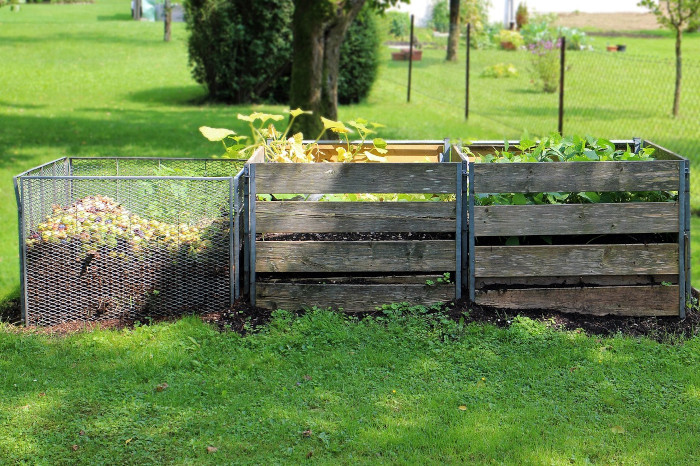
Tumbler
Store-bought compost tumblers are convenient and make turning the compost less labour-intensive. It’s important to invest in a high-quality tumbler with good reviews to ensure durability, as they can break under heavy weight. If you don’t want to deal with the intensive work of turning compost piles then this could be a good fit for you.
Compost Pile with Tarp
A simple method is to pile up organic material and cover it with a tarp. The tarp helps manage moisture levels, keeping the pile moist in dry conditions or dry in wet conditions, depending on your local climate.
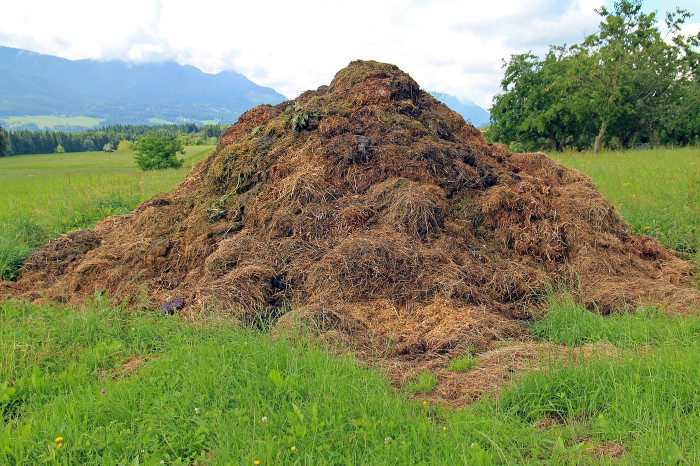
Store-Bought Bins
Premade bins from garden centres or other stores offer a no-fuss option. I find a lot of these bins are too small for effective hot composting, but they can still be a great choice depending on your composting method. They come in various sizes and price points, so choose whats best for you.

How to Make Compost
Depending on if you are going for hot or cold compost, this method may change in frequency and the amount of moisture and oxygen balancing you may need.
- Add Materials
Start by adding organic materials to your compost pile. Aim to add a mix of brown and green materials. Layering these materials helps create the right balance for decomposition but don’t worry about it too much. - Water
Keep the compost pile moist, but not too wet. Water the compost regularly to maintain the right level of moisture. The pile should be as damp as a wrung-out sponge. If it’s too dry, decomposition will slow down; if it’s too wet, it can become smelly and soggy. - Stir
Turn or stir the compost pile regularly to aerate it and promote even decomposition. By doing this every few days or at least weekly, you will add oxygen into the pile, which is important for the activity of decomposing microbes.
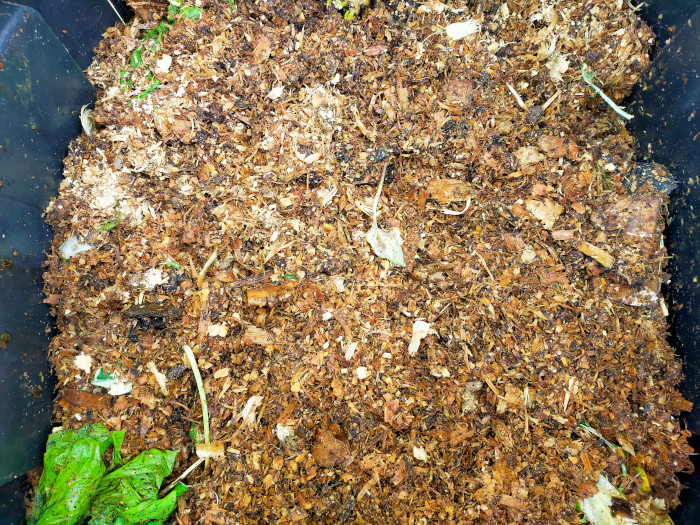
How Long Does it Take to Make Compost
Vermicomposting and Cold Composting:
These methods can take anywhere from several months to a year to produce finished compost. The process speed depends on various factors, including temperature, moisture, and the balance of green and brown materials.
Hot Composting:
Hot composting is much faster, producing compost in weeks to a few months. This method requires maintaining optimal conditions for composting bacteria, such as a higher temperature (between 55°C and 70°C or 130°F and 160°F), proper moisture levels, and frequent turning to ensure aeration and an even breakdown of materials.
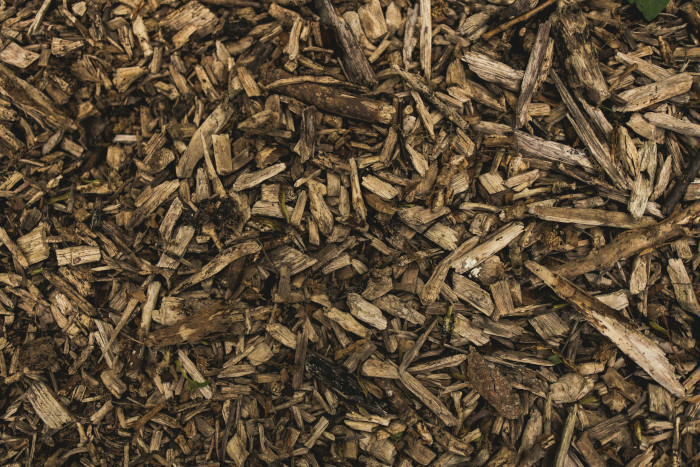
Factors Influencing Composting Time:
- Temperature: Higher temperatures speed up the composting process. Hot composting achieves these higher temperatures, while cold composting and vermicomposting work at regular temperatures.
- Aeration: Regular turning of the compost pile adds oxygen, which is necessary for aerobic bacteria to break down organic matter efficiently.
- Moisture: Keeping the pile moist ensures that bacteria and other decomposers can thrive. They need water just like we do.
- Particle Size: Smaller pieces of organic material decompose faster. Chopping or shredding materials before adding them to the compost pile can speed up the process.
- Material Balance: A balanced ratio of green and brown materials helps maintain the ideal environment for composting bacteria.
Conclusion
No matter what method you choose, composting is a great way to recycle organic waste into valuable, nutrient-rich soil. Whether you’re looking to save money on fertilizers or want to find more environmentally friendly alternatives, composting is a rewarding and eco-friendly practice.
Personally, I find hot composting to be the most efficient and effective method but I do struggle to keep on top of it sometimes. Give it a try and see how quickly a hot compost pile can demolish anything you put in it.
Start your composting journey today and transform your organic waste into black gold for your garden. What composting method do you prefer? Share your experiences and tips in the comments below!
